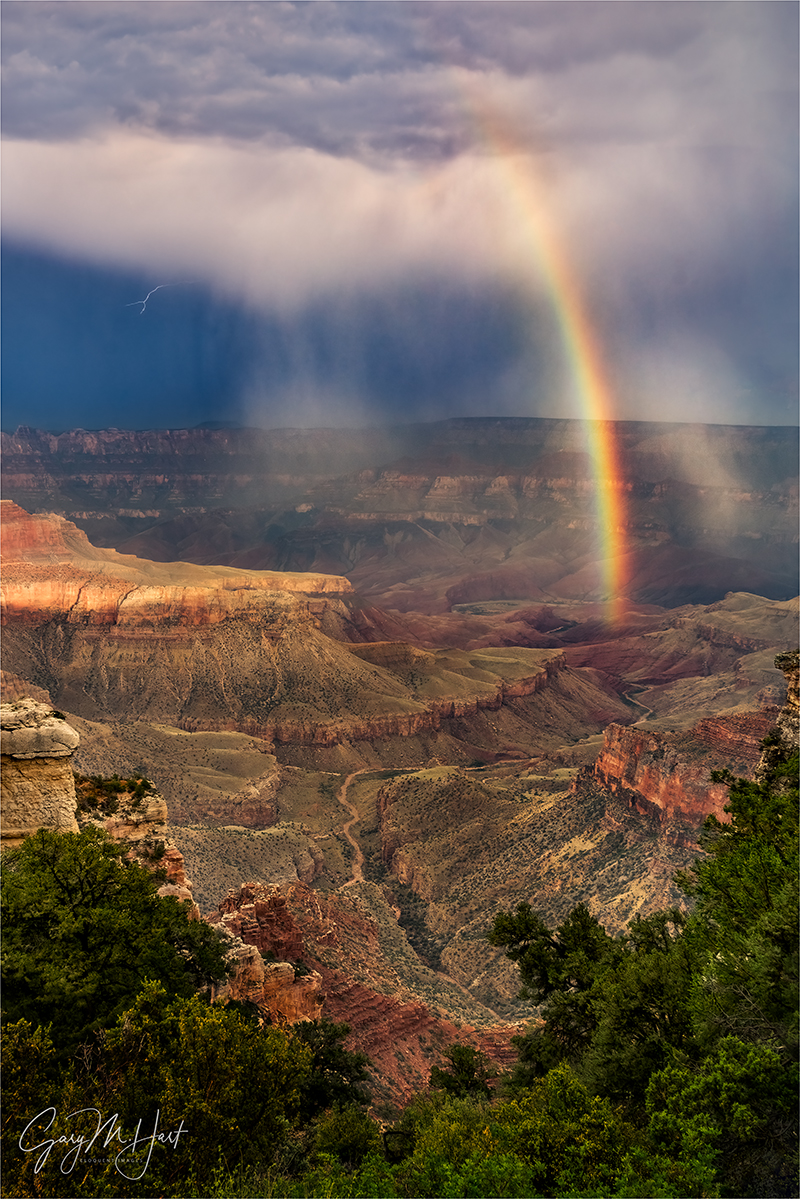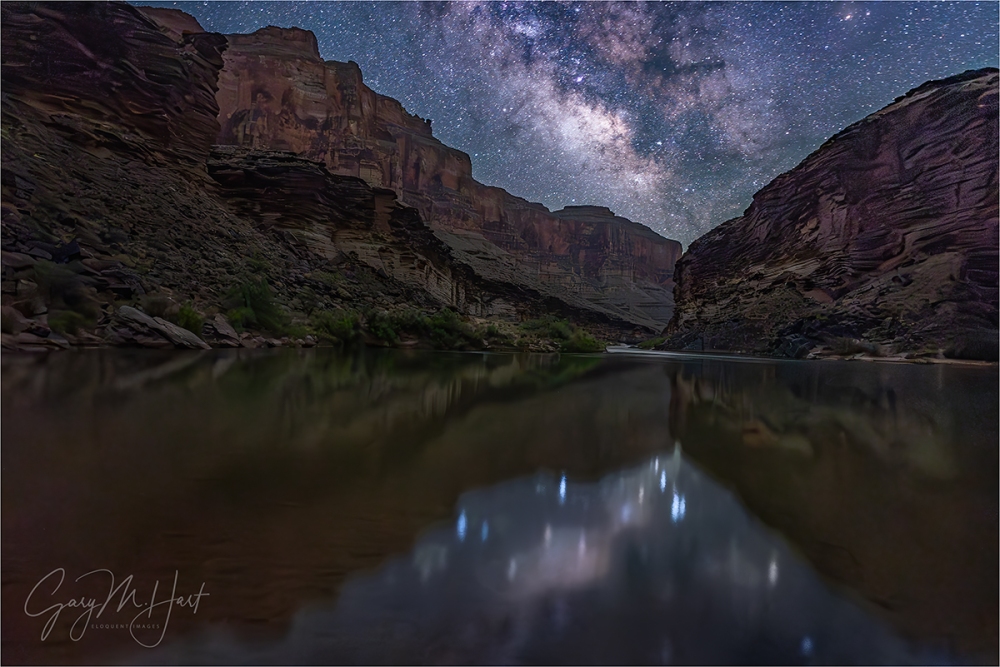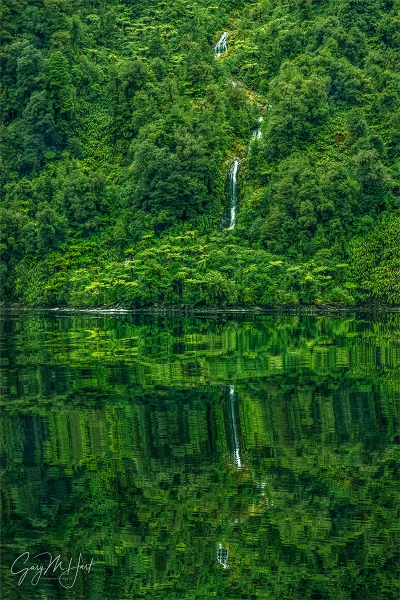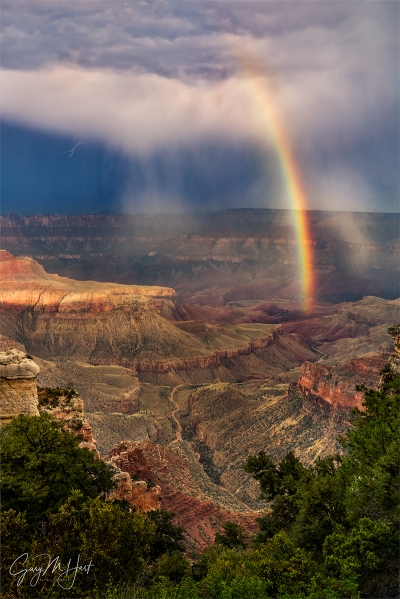Eloquent Images by Gary Hart
Insight, information, and inspiration for the inquisitive nature photographer
Back to the Future
I’m coming to the end of a (much appreciated) break in my workshop schedule that has allowed me to focus on family, recharge mentally, and catch up on necessary but less than pressing business stuff (that’s easy to put off until I stress about it).
During this span I made a conscious decision to put my camera down and just chill. That doesn’t mean that I haven’t created (depending on your definition of “create”) new images, but it does mean that my recent creations have been old captures, newly uncovered and processed for the first time. Turns out, looking back at past images is a great way to uncover future images.
In fact, I’ve enjoyed returning to past images so much that I want to encourage other photographers to try it—even if (unlike me) you meticulously go through each image the instant you return from a shoot and are convinced when you’re done that there’s nothing left. At the very least, you might be surprised by the memories that come flooding back—not just general recollections of a vivid sunset or glowing moonrise, but long forgotten details that made the experience special.
But I’m also pretty confident that you’ll uncover stuff you missed, or didn’t fully appreciate the first time. Each time I go through old images, I’m reminded that my creative vision has evolved and refined, and that the things that appeal to me have changed. I’ve also discovered that improvements in my processing software (Lightroom, Photoshop, and Topaz DeNoise AI), as well as my own processing skill, enable me to process images I once believed beyond hope.
It doesn’t hurt that I, unlike many (most?) photographers, never delete anything. Anything. Many people are both surprised and baffled when I reveal that, but I actually have some pretty good reasons.
- Disk space is cheaper than time, and I just don’t have the time to scrutinize every single click closely enough to know without a doubt I’ll never want to return to it.
- (As I mentioned above) improvements in software and my own processing skill can and do recover previously “unrecoverable” images.
- I often return to the EXIF data of images I’ll never process to determine things like where I’ve been and when I was there; to generate reports on lens usage and image orientation (horizontal or vertical) to see if I should shake up my approach to my subjects; and to remind myself of forgotten landscape details.
- I know myself well enough to know that if I deleted images, anytime I have trouble locating an old image, I’ll immediately panic about possibly having accidentally deleted it.
To facilitate my future return to past images, when I import the images from my latest shoot, I have Lightroom copy them into a shoot-specific folder while also renaming each image to include lots of descriptive info: trip/location; capture date; camera used; the camera’s image number. Despite the fact that I have a (fairly cryptic) shorthand to compress all this info, my image names can be pretty long—and they get longer when I actually process an image and add more description. But so what?
When I open Lightroom to search for images, I just go to the folder for the year I want to search, and find the subfolder for the specific trip I’m looking for, and start browsing until something stops me. But rather just randomly pick this starting point, I use several processes for targeting potential images. To illustrate my point, below are a few new-old images that I recently revived and blogged about, plus how I found them. (Click the image for its blog story.)
Pick a favorite image and find other images from the same shoot
I love returning to a shoot has already created at least one great image because it’s extremely likely that there are many more there. (This can be so easy, sometimes it almost feels like cheating.)
For example, the northern lights experience from last year’s Iceland trip was one of the most spectacular, and productive, shows (aurora or anything else) I’ve ever witnessed, one that I know I’ll be mining for new images for many years.
I’d already processed a vertical version of this scene, but wanted to add a horizontal version that conveys more of the landscape and sky’s breadth. This night I photographed each composition many times (rather than recomposing after each click), so what I was looking for was less about composition and more about what the lights were doing. The fact that this was an extremely difficult choice tells me there are many more to return to any time I choose.
Pick a favorite location
My Grand Canyon raft trip is always a highlight of my year, and a favorite part of this trip that’s full of favorites is photographing the Milky Way in the darkest skies imaginable. I knew I had Grand Canyon Milky Way reflection images I really liked from a trip a few years ago, but the first time I viewed them (shortly after the trip) I was disappointed by the noise in the darkest parts of the already dark scene, and reluctantly wrote them off as lost.
But since then, I’ve been so amazed by Lightroom’s new noise reduction tool that I thought these images might just be the ultimate test. To say (hyperbole alert) I was absolutely blown away by the results would be an understatement. After working on this image and a similar one from a different year, I can’t wait to see what other “unrecoverable” dark sky images I might be able to revive.
Pick a beautiful spot that hasn’t been productive yet
This one’s a little more challenging, but I’ve learned that as my vision evolves, I discover things that didn’t grab me initially. Doubtful Sound is one of the most breathtaking places I’ve ever seen in my life. But despite Doubtful Sound’s wall-to-wall beauty, but for whatever reason, I’ve never been super happy with my captures here.
So a few weeks ago I returned to Doubtful Sound virtually. Not only did I find this completely overlooked little waterfall reflection scene, I also identified others with potential, and came away with lots of ideas for my next visit.
Return to a memorable and/or especially productive trip
Since I never delete anything, there’s comfort knowing I can return to every single image that I’ve taken in my digital life (if you’re keeping score at home, that’s all the way back to 2003), a fact that make revisiting memorable trips from the distant past might my favorite technique for uncovering “new” images.
To find an image for this week’s blog, I returned to a Grand Canyon monsoon trip that had been so productive for lightning and rainbows, I’ve always wanted to go back to see what else might be there. Scrolling through that trip’s folder in Lightroom, I almost immediately came across this long forgotten North Rim rainbow. But as soon as I saw the Lightroom previews, memories of this afternoon surged back.
With time to kill on the North Rim between workshops, Don Smith and I did what we always do: chase lightning. This was back when we had no reliable lightning app, and before the cellular service was good enough to allow us to use a lightning app even if we had one, so we just ventured out lightning hunting the old fashioned way—get in the car and go look for it. This time we ended up on Cape Royal Road, with our ultimate (sunset) destination Cape Royal itself. But pulling into Walhalla Overlook, just up the road from Cape Royal, the sky looked so promising that we stopped and set up our cameras and Lightning Triggers and pointed the whole thing down the ravine and toward the darkest clouds.
I started horizontal to increase my chance of catching lightning, but we hadn’t been there long when a rainbow started to materialize against the saturated clouds and I quickly adjusted my composition to vertical so I could include all of it. Of course no matter how beautiful the scene is, you still have to do more than aim the camera in its direction and click. In this case, when recomposing I took care to allow the foreground shrubs to complete their arc at the bottom of my composition. This create a virtual frame at the bottom of the scene, instead of two dark blobs (of shrubs) framing lighter rock, which would have been an open (subconscious) invitation to any eye to exit the scene at the bottom (the dark frame holds the eye in the scene).
Every once in a while my Lightning Trigger would click a picture of its own, but I didn’t pay any attention neither of us ever saw any lightning. These rogue clicks are actually extremely common because the Lightning Trigger is so sensitive, it alway picks up far more lightning than the eye (and camera) sees—it happens so much that eventually you just tune them out.
I can’t tell you why I never processed any of these rainbow images, but I would guess it’s because there was so much other great stuff on this trip, and shortly after I returned my attention had to turn to my upcoming Hawaii Big Island workshop. But imagine my surprise as I scanned these forgotten captures to find a small fragment of lightning. Certainly nothing to build an image around, but a great little accent for a beautiful rainbow.
I still have a couple of spaces in next year’s Grand Canyon Monsoon (lightning!) workshop
Workshop Schedule || Purchase Prints || Instagram
Stormy Weather
Click any image to scroll through the gallery LARGE










































Nice post ✍️